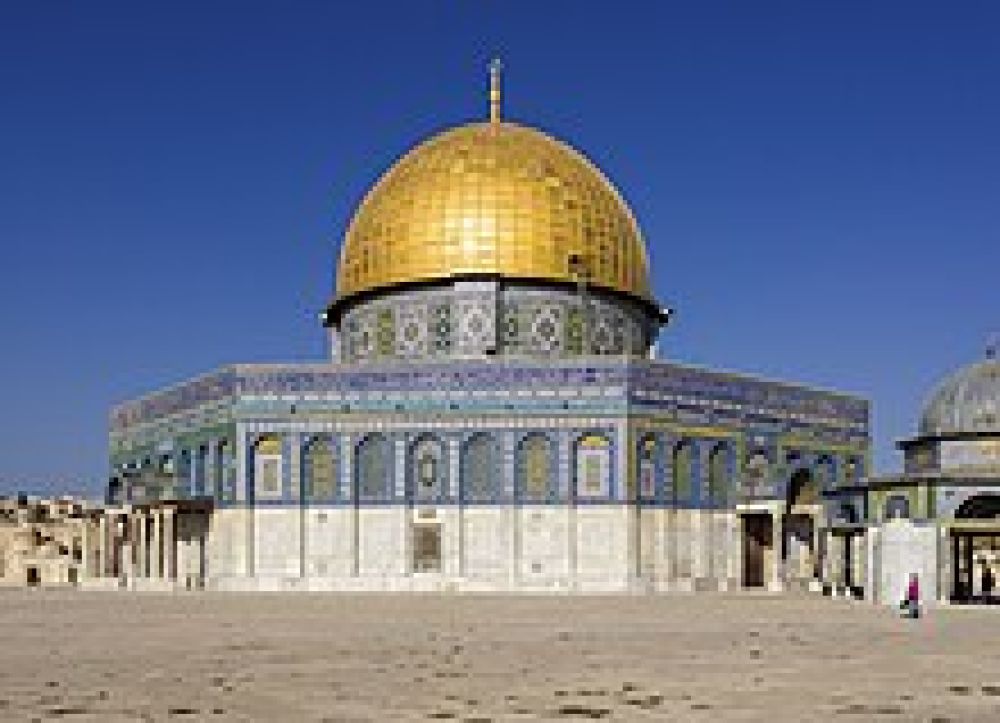

The Dome of the Rock is an iconic Islamic shrine located on the Temple Mount in the Old City of Jerusalem. It has been a focal point for tourism, pilgrimage, and religious devotion for centuries. The site's history as a destination for travelers stretches back to ancient times when Jerusalem was a significant spiritual center for all of Abrahamic faiths: Judaism, Christianity, and Islam.
Since the construction of the original Jewish temple, which some traditions place on the same site, the area has been venerated as sacred. The site gained prominence for Christians and Muslims in subsequent years. Early Islamic leaders, recognizing the significance of the site to their faith, built the Dome of the Rock in the late 7th century. From that period, the monument, with its stunning gold dome and intricate mosaics, became a pilgrimage destination for Muslims around the world.
Christians and Jews have also been drawn to the site because of its association with Biblical events and prophecies. For Jews, the Temple Mount is the holiest site in Judaism, and for Christians, its proximity to pivotal places in the life of Jesus Christ makes it an important point of pilgrimage.
With the advent of modern transportation and the establishment of Israel in 1948, tourism to Jerusalem, and by extension, the Dome of the Rock, increased dramatically. The city's annexation after the Six-Day War of 1967 opened up the city to international tourists more widely, although political tensions have sometimes impacted the flow of tourists.
In recent years, despite political challenges, Jerusalem has seen a resurgence in tourism. Visitors come to experience not only the religious and historical significance of the Dome of the Rock but also the rich cultural heritage that the city offers.
Ecotourism is becoming increasingly popular, with travelers seeking out sustainable and responsible travel experiences that respect the environment and local communities.
Educational Tourism is another growing trend, with tourists engaging more deeply with the historical and geopolitical complexities of Jerusalem.
Virtual Tourism has also emerged as an important trend, particularly in times when physical travel may be restricted. Immersive technologies allow people to explore the Dome of the Rock and its surroundings from anywhere in the world.
Tourism to the Dome of the Rock is expected to continue to evolve, with a growing emphasis on cultural sensitivity and sustainable practices. The city of Jerusalem is investing in infrastructure to improve the tourist experience while also striving to balance the needs of visitors with those of the local population and the preservation of this historically and spiritually significant site.
In conclusion, the Dome of the Rock remains a timeless attraction in Jerusalem's tourism landscape, drawing visitors who seek to connect with the deep history and spirituality of this unique place.